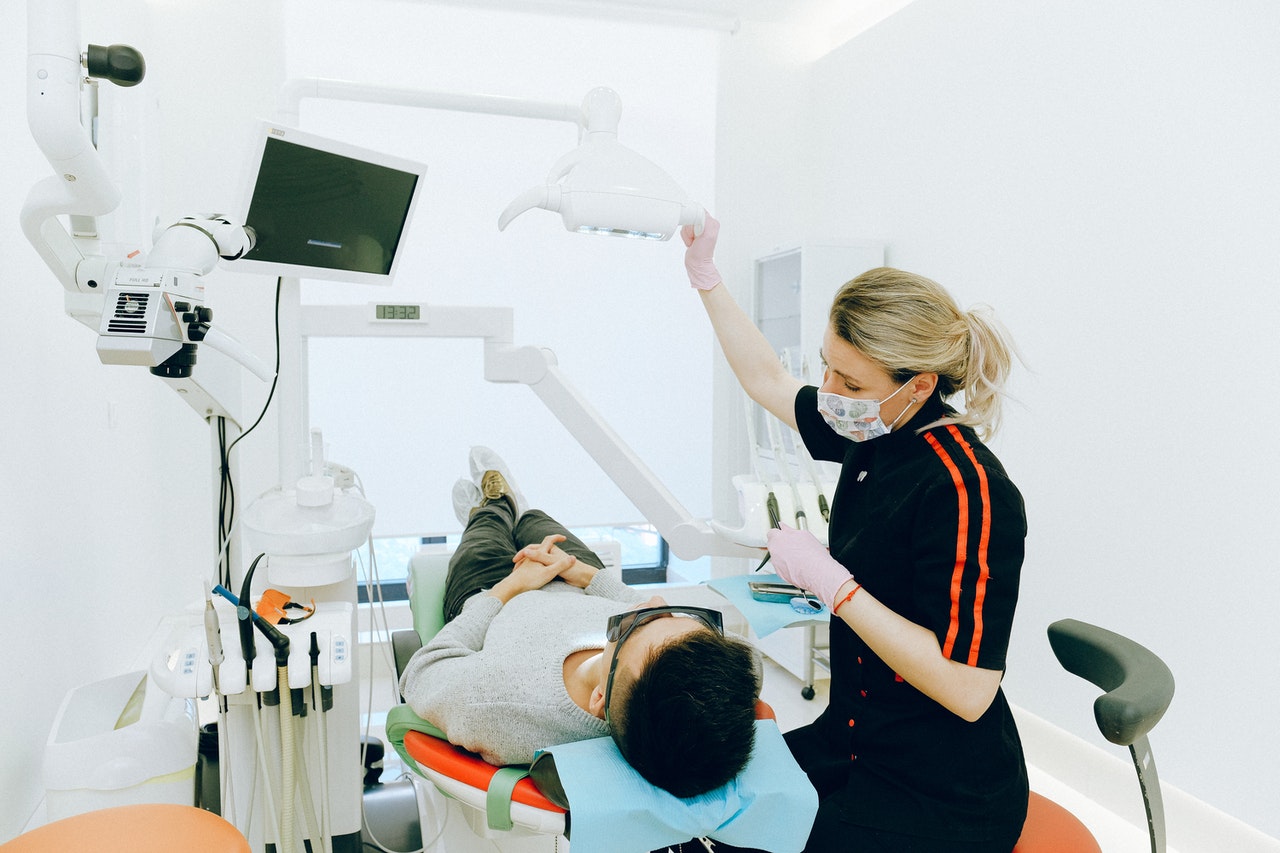Technology has significantly enhanced modern dentistry, making procedures more efficient and improving patient outcomes. Here’s a point-by-point look at the key advancements:
1. Digital X-Rays:
- Improved Diagnostics: Digital X-rays provide immediate, high-resolution images, allowing for quicker and more accurate diagnosis.
- Safety: They significantly reduce radiation exposure compared to traditional film-based X-rays.
2. 3D Imaging and CBCT:
- Comprehensive Views: Cone Beam Computed Tomography (CBCT) offers detailed, three-dimensional images of dental structures.
- Precision in Treatment Planning: These images aid in precise diagnosis, implant placements, and orthodontic planning, resulting in better treatment outcomes.
3. CAD/CAM Technology:
- Efficiency: Computer-Aided Design and Manufacturing (CAD/CAM) technology allows for the digital design and same-day fabrication of dental restorations such as crowns and veneers.
- Quality: This technology ensures a precise fit and natural appearance of restorations, reducing the need for multiple appointments.
4. Laser Dentistry:
- Minimally Invasive Procedures: Lasers are used for various dental treatments, including gum reshaping, cavity detection, and teeth whitening.
- Benefits: Laser dentistry offers reduced pain, faster healing times, minimal bleeding, and increased precision, enhancing patient comfort and outcomes.
5. Dental Implants and Guided Surgery:
- Accurate Placement: Guided surgery uses advanced imaging and planning tools to ensure the precise placement of dental implants.
- Long-Term Success: This technology improves the predictability and success rates of implant procedures.
6. Tele dentistry:
- Accessibility: Tele dentistry allows patients to consult with their dentists remotely, improving access to dental care, especially in underserved areas.
- Convenience: It facilitates remote monitoring and follow-up appointments, making dental care more convenient for patients.
7. Digital Impressions:
- Comfort and Accuracy: Digital scanners capture highly accurate images of the teeth and gums, eliminating the need for traditional impression materials, which can be uncomfortable.
- Streamlined Workflow: These impressions can be used to create precise dental restorations, improving the overall workflow and patient experience.
8. Artificial Intelligence (AI):
- Enhanced Diagnostics: AI algorithms analyse dental images to identify issues that may be missed by the human eye.
- Personalized Treatment Plans: AI helps in creating customized treatment plans based on individual patient data, leading to more effective and personalized dental care.
Conclusion
The integration of technology in dentistry has revolutionized patient care by making diagnostics more accurate, treatments more efficient, and procedures less invasive. As technology continues to evolve, its role in dentistry will likely expand, further enhancing the quality of dental care.
Credits: Seapoint Clinic.
